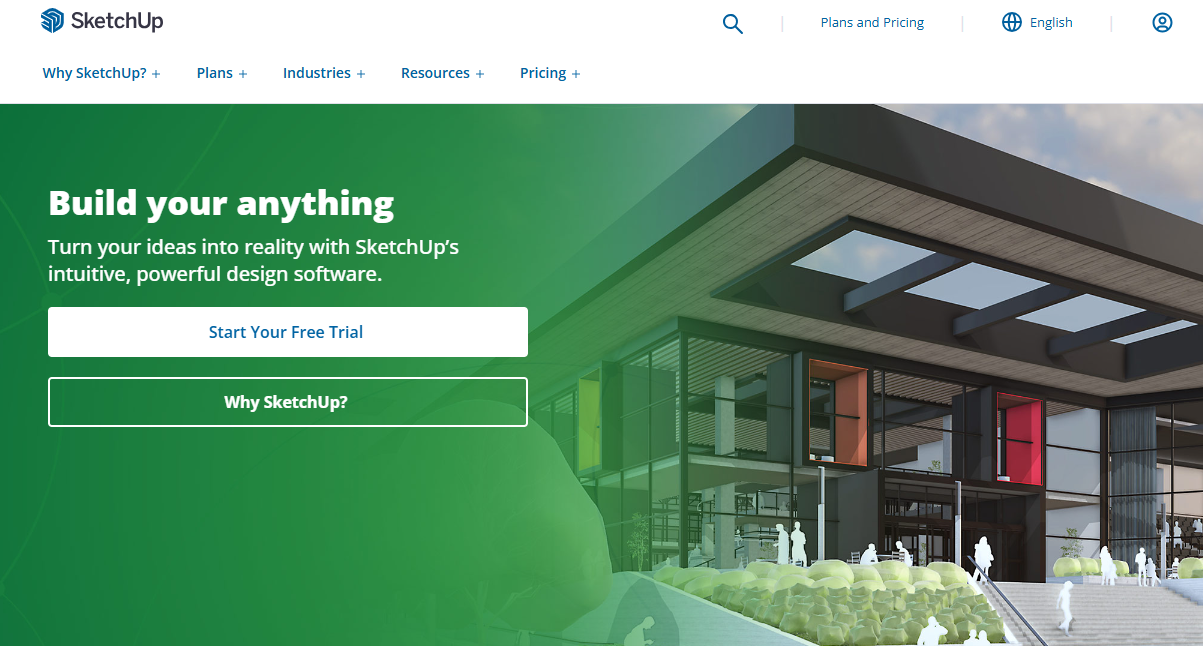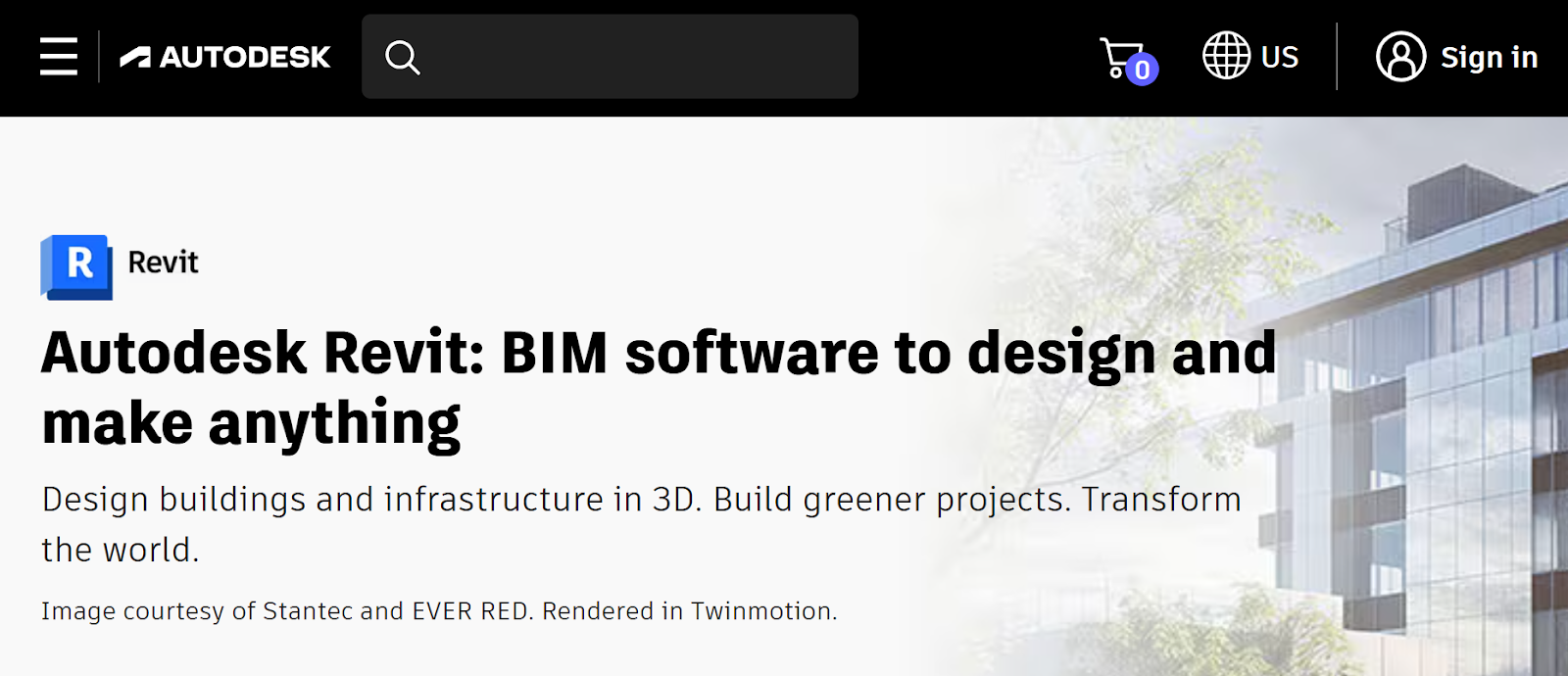
Site Planning Architecture: What Does it Entail?
Knowing what is on a selected development site is paramount when designing a building. After a site analysis is done, architects develop a plan that captures the project details.

A well throughout site plan is non-negotiable for all architectural projects. Whether it’s a small residential plot or a sprawling institutional campus, how you plan the site determines everything from access and orientation to energy performance and buildability.
Architectures answers foundational questions:
- Where should the building sit?
- How will people move around the site?
- How will it respond to sun, wind, terrain, and zoning laws?
Whether you're designing a school, hospital, or urban precinct, site planning ensures the building integrates seamlessly with its context. It balances creative vision with constraints like access, topography, and local code.
In this blog, we’ll take you through a detailed guide on site planning, how the process works, and how advanced tools like Digital Blue Foam (DBF) can support it.
What is Site Planning?
A site plan is an important architectural document that contains a map of a specific building site. It provides all the information about the building that is proposed to be built on a specific site. Therefore, site planning is the process of creating this plan in line with the zoning code of the respective area.
Site planning starts with the assessment; call it a site analysis of a potential area for development. When doing a site analysis, crucial details such as hydrology, soils, slopes, vegetation, and ownership are analyzed and correctly documented.
Another crucial component when doing site analysis is zoning. These are regulations developed by the local municipality to break down the land into several use areas, such as industrial and residential zones. The purpose of zoning is to prevent the city from getting overpowered by a specific type of land distinction.
During the site planning phase, architects also look at the adjacent sites and buildings to establish their features. This information can be used to inform decisions that will ultimately help them get approval from city authorities. Apart from the general analysis conducted during this phase, it is paramount to provide details of where every component of the project is positioned, such as the power, sewer, and water lines. This information is very important in developing the new project.
Whether you are developing a single or complex mixed-use facility, feasibility studies can be done to prepare site plans for various land use and opportunities.
The Most Important Components of Site Planning
Putting together an architectural site plan can be compared to telling the story of the site and a building that will sit there. So, here are the main components to factor in a site plan:
- Property Lines
One fact about site planning is that no matter the nature of the intended project, you cannot encroach into an adjacent property. Therefore, the planning must clearly factor in the property lines. The lines are marked on the exterior of the lot.
As you draw the proper lines, the immediate infrastructure should also be highlighted correctly. Therefore, include things such as the neighboring building's height, fire hazards, and zoning.
- Easement
This feature is meant to make access to the property you are developing and neighboring facilities east. For example, you need to clearly highlight the pathways running through the property under consideration to the utility lines, parks, or sections maintained by the owner. Easement sections in site planning are shown using graphics or text.
- What are the Construction Limits
Construction limits in site planning shows the parts where construction will happen. It also will highlight where the supplies of the construction material will be kept. Make sure there is ample space to store the materials required for work at any particular moment. Even when most of the materials are delivered to the site every day, it is still important to have a holding site for processing, such as mixing concrete and moving blocks.
- Driveways and Parking
Whether you are planning a skyscraper or a bungalow, it is prudent to capture the driveways and parking clearly. The driveways should be highlighted well with exact dimensions. You should also look for the area code for the recommended sizes and designs of driveways.
Although parking area planning for a single bungalow might be pretty easy, it needs a closer focus when working in crowded environments. For example, site planning architecture for commercial units should indicate the actual number of parking spaces, signage, and flow of traffic.
- Fire Hydrants
Professionals in site building architecture look ahead and have to imagine how various situations, such as emergencies, would be dealt with. So, they also include features that can help both occupants and emergency staff in case of emergency needs. Therefore, you need to indicate the location of the fire hydrant.
- Landscaped Sections
For your site plan to be complete, you also need to include the landscaped sections of the project. For example, what erosion and runoff controls should be included in the project? Depending on the landscape and development preference, you might prefer natural or artificial fences for the project. As you indicate the details of the landscape, make sure also to highlight their measurements.
What is Site Planning in Architecture?
Site planning is the process of organizing land to accommodate a specific architectural program while considering environmental, legal, social, and aesthetic factors. It outlines the placement of the building and explains how all the surrounding spaces, such as parking lots and green areas, should relate to each other.
Site Planning vs. Master Planning vs. Floor Planning:
- Site Planning addresses the design of a single piece of land and the area around it.
- Master Planning focuses on larger areas such as different parcels, neighborhoods, and the entire city.
- Floor Planning looks at the layout of the building’s interior after the site is planned.
Key Elements of an Architectural Site Plan
- Boundaries and Plot Size
The first step in the architecture site plan is to understand the legal boundaries of the plot. These boundaries show where the building is allowed and how much of the land can be used for development. Building beyond these limits can result in legal action, so they serve as a non-negotiable design constraint.
- Topography
Topography describes the physical shape and contours of the land. A flat site might allow easier construction, but it may also lack natural drainage or character. Sloped sites often require more excavation but offer opportunities for tiered landscapes, passive cooling, and better views. Architects need to determine if the land will help or hinder their project goals.
- Zoning Regulations
Zoning laws set out the rules for what can be constructed on a piece of land. They decide on the building height, setbacks, land use (residential, commercial, mixed-use), FSI or FAR (how much floor area you can build), and open space requirements. A site plan must comply with these rules to be approved.
- Access and Circulation
Circulation covers both vehicle and pedestrian movement on the site. The main entry and exit points must ensure smooth flow without causing congestion. Architects must also consider parking layouts, delivery service access, and emergency access routes. For pedestrians, walkability, accessibility ramps, and shaded paths greatly enhance usability and safety.
- Landscape Features
Apart from making a place look better, green buffers, trees, parks, and soft scaping help control heat, give privacy, improve drainage, and meet environmental standards. Many urban municipalities now mandate a percentage of green coverage or specific tree retention requirements, all of which must be factored into the site plan.
- Utilities and Infrastructure
When planning utility work, engineers need to identify sewage lines, storm water drains, power supply, telecom, and occasionally gas lines. These infrastructure elements often require coordination with engineers and must be positioned to avoid conflict with foundations or large trees
Types of Site Planning
- Residential Site Planning
User comfort, privacy, and ventilation are the main focuses of residential sites. For example, adequate space between buildings in apartment layouts brings sunlight into each home and reduces noise. Villas or individual houses may include private gardens, courtyards, and clear separation between public and private zones. Parking, pedestrian access, and green areas for children are important elements of good residential planning.
- Commercial Site Planning
Commercial planning focuses on customer flow, visibility, service access, and parking. For retail stores, ease of access from the road and proximity to parking are essential. Some office buildings require areas for dropping off, parking for visitors, and discreet locations for service entries. The site plan must balance function with brand image, ensuring the building looks inviting and is easy to navigate.
- Institutional Planning
Schools, hospitals, and government buildings require separate entry points for staff, public users, and service vehicles. Emergency access, wayfinding, and secure perimeters are common considerations. For instance, in a school, site planners prioritize keeping playgrounds far from busy roads and making sure there is plenty of sunlight in the classrooms.
- Mixed-Use Developments
In mixed-use developments, residential units, commercial areas, and sometimes office spaces share a single site. A good site planning process ensures these zones don’t interfere with one another. For example, you could put the loading areas in the back to stop noise in residential areas and have shops face the main walking routes.
- Urban Development
At the cityscape, site planning includes assigning locations for buildings, roads, parks, transit stations, and community infrastructure. It requires working with local planning groups, obeying urban planning rules, and planning for the future of both people and nature.
- Landscape-Focused Site Planning
Site planning and landscape architecture go hand in hand. Landscape-oriented sites, such as parks, waterfronts, or heritage zones, emphasize ecological health and public enjoyment. Planning may involve preserving existing flora, creating bio swales for rainwater runoff, or designing with native plant species to support biodiversity. These sites often form lungs for urban areas and require sensitive, sustainable layouts.
The Site Planning Process
- Site Analysis (Environmental, Regulatory, Access)
This initial phase collects physical, legal, and environmental data. The site’s slope, type of soil, exposure to sunlight, direction of the wind, nearby buildings, and street access are all noted. The more accurate the data, the fewer surprises arise during construction.
- Concept Generation
At this point, bubble diagrams and basic massing ideas are developed. Architects try out different designs for locations, access to roads, open spaces, and how the building will face.
- Zoning and Code Compliance
Once a rough layout exists, it must be tested against local building regulations. Zoning codes may require minimum setback distances, limit built-up area, or restrict building height. A solid site plan architecture ensures compliance without compromising design goals.
- Layout and Circulation
This includes designing for all types of movement, such as cars, delivery vehicles, pedestrians, and bicycles, throughout the site. Safe routes for emergency services, drop-off loops, and accessible entries for people with disabilities must be considered.
- Sustainability Considerations
Site planning architecture must incorporate passive design strategies and sustainability metrics. Proper orientation can maximize daylight while minimizing heat gain. Green roofs, rain gardens, and permeable pavements can help with drainage and reduce the heat islands.
Make Sure to Have the Right Site Planning Architecture Software
As you can see, site planning requires you to factor in a lot of things, and it is only possible if you have the right programs. So, what apps should you consider for site planning?
One of the most preferred programs for site planning is SketchUp. It is a 3D modeling program with excellent features for crafting simple and complex site plans. Many site planning architecture professionals prefer it for easy integration with Google Maps and other programs, and ease of use. With its large collection of features and library of objects, creating a good plan is pretty easy.
Other programs that you might want to consider are AutoCAD Architecture, Rhino 3D, and CAD PRO, and Revit Architecture. Note that most free versions of site planning programs come with huge limitations, such as the number of objects in the library. Therefore, it will be a good idea to go for full or paid versions, especially when handling complex plans for clients.
Sire planning architecture requires not just a good understanding of the project at hand but also the area codes and neighborhoods. More importantly, you require the right software for site planning to craft plans that will be accepted by both client and local authorities. Do not just target crafting any site plan; go for the best!
Software for Site Planning and Design
- Digital Blue Foam

Digital Blue Foam is built specifically for the early stages of architectural design and site planning. Simply enter a location or import your site, and DBF pulls environmental, regulatory, and zoning data instantly. It can simulate sun and wind exposure, generate layout options using AI, and calculate buildable area within seconds.
- AutoCAD Civil 3D

Civil engineers and infrastructure consultants use Civil 3D to draw topographic maps, drainage layouts, road plans, and designs for utilities, important for architectural site plans. It is ideal for larger sites or technically complex developments where grading and earthworks need to be carefully coordinated.
- SketchUp

Many people use SketchUp for 3D concept modeling. Although it doesn’t do zoning analysis, you can use it to see massing options, design different forms, and quickly generate presentation-style images.
- Revit

Revit combines the site planning process with BIM workflows, allowing architects to integrate topographic data, structural layouts, and building systems. It's ideal for projects where collaboration across disciplines is needed.
- Rhino + Grasshopper

They are useful for both parametric and computational design. With Grasshopper, a plugin for Rhino, it is possible to create detailed logic-based site plans.
Why Use Digital Blue Foam for Site Planning?
Digital Blue Foam is built for architects who want speed, accuracy, and clarity in the early stages of site planning and design. With it, you can analyze the site’s sun, wind, zoning rules, floor area, and buildable land - all at once. Instead of switching between multiple tools, DBF lets you test design options in minutes using AI-powered layout generation.
Since it is fully web-based, there’s no installation or setup required. Sustainability isn’t an afterthought. DBF includes built-in metrics to assess solar exposure, shading, and walkability, helping you design smarter architecture site plan layouts from day one.
You can share live project links with clients or team members, gather feedback, and iterate, all in real time. For teams working on tight deadlines or high-stakes presentations, DBF helps them plan with certainty and present with accuracy.
Considering Everything Above
Site planning is one of the most critical phases in any architectural project. It lays the foundation for how a building responds to its environment, meets regulatory requirements, and serves the people who use it. Today, with the focus on sustainability and fast progress, using only manual methods or disconnected solutions is not sufficient. Digital Blue Foam provides a better solution for the future.
By combining instant site analysis, AI-powered layout generation, and built-in sustainability metrics, it helps architects move from intuition to informed decisions faster and with greater precision. Any team aiming to enhance accuracy, speed up processes, and reduce their effect on the environment should try Digital Blue Foam for their next site planning project.
FAQs
- What is a site plan in architecture?
A detailed drawing that shows the building footprint, access routes, landscape features, and utility lines within a site. It’s used for approvals, construction, and site coordination.
- What is site planning in architecture?
Site planning is the process of organizing land to accommodate a specific architectural program while considering environmental, legal, social, and aesthetic factors.
- What are the main components of a site plan?
The main components of a site plan are property boundaries, topography, zoning, setbacks, landscaping, utilities, and vehicular and pedestrian access.
- Can Digital Blue Foam be used for landscape planning?
Yes. DBF provides terrain data, overlays of the sun’s path, shadow analysis, and zoning tools, all useful for landscape-focused design.


